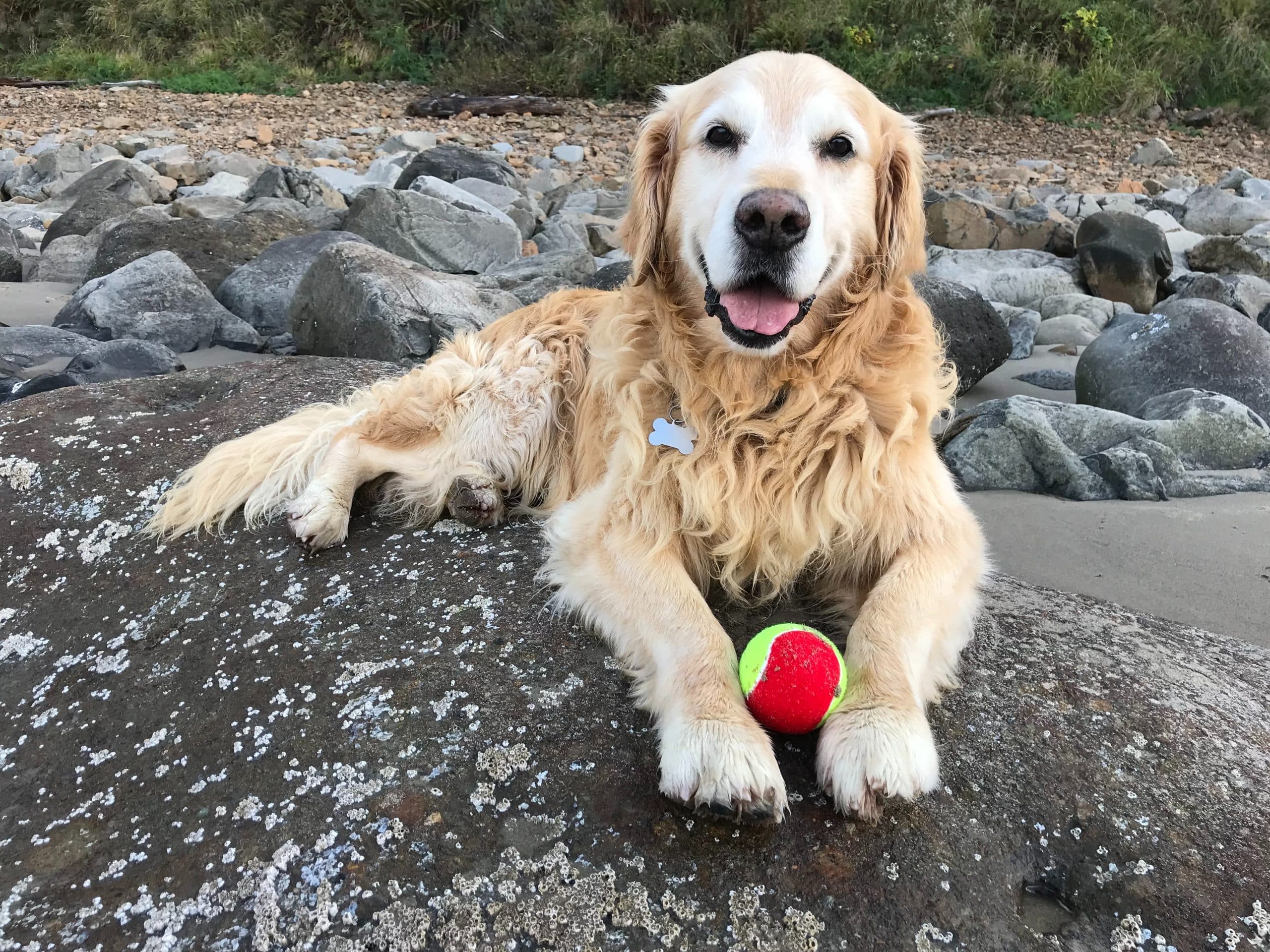
How to teach your dog to play fetch?
Playing fetch is a timeless game that dogs of all ages and breeds can enjoy. As well as being a fun way to spend time with your furry friend, it’s also a great way to train your dog, reinforce obedience, and provide them with a good dose of exercise. But, if your dog doesn’t naturally take to this game, how can you teach them? In this guide, we walk you through a step-by-step process of teaching your dog to play fetch.
Understanding the Basics of Fetch
Before we delve into the steps of training your dog to fetch, it’s essential to understand what the game entails. Fetch is a game where you throw an object, such as a toy or a ball, and your dog retrieves it. Although it sounds simple, for some dogs, the concept is not instinctive.
Avez-vous vu cela : How to deal with aggression in small pets like hamsters?
To start with, you will need a toy that your dog is interested in. This can be a ball, a frisbee, a squeaky toy, or any object that your dog enjoys playing with. Remember, the toy should be safe for your dog to hold in their mouth and not so small that they could choke on it. The next step is to create a conducive environment for training. Choose a quiet, spacious area, preferably outdoors, where there are no distractions for your dog.
Steps to Teach Your Dog to Fetch
Now, let’s dive into the step-by-step process of teaching your dog to play fetch. This process will require your patience and consistency, but the reward of an engaging game of fetch is well worth it.
A découvrir également : Why is my bird plucking its feathers?
Step 1: Generate Interest in the Toy
The first step is to generate your dog’s interest in the toy. This could be a ball, a frisbee, or even a stuffed animal. Show them the toy, let them sniff it, and encourage them to take it in their mouth. You can also play with the toy yourself to make it seem more appealing. Once your dog shows interest in the toy, you’ve accomplished the first step.
Step 2: Teach Your Dog to Pick Up the Toy
After your dog has shown interest in the toy, the next step is to teach them to pick it up. Place the toy on the ground and encourage your dog to pick it up in their mouth. You can do this by pointing to the toy, nudging it with your foot, or even picking it up and placing it in their mouth yourself. Whenever your dog successfully picks up the toy, reward them with praise or a treat.
Step 3: Teach Your Dog to Bring the Toy Back
Once your dog has mastered picking up the toy, it’s time to teach them to bring it back to you. This can be the trickiest part of the training, as some dogs will prefer to play with the toy or run off with it rather than bring it back. To overcome this, use positive reinforcement. When your dog picks up the toy, call them back to you. If they come, praise them enthusiastically and give them a treat. If they don’t come, don’t chase them. Instead, try to make yourself more interesting by calling them excitedly or running in the opposite direction.
Step 4: Incorporate Throwing the Toy
The final step in teaching your dog to fetch is to incorporate throwing the toy. Start by throwing the toy a short distance. Use an excited voice to encourage your dog to go after the toy. Once they pick it up, call them back to you. Remember to reward your dog every time they bring the toy back. As they get more comfortable with the game, gradually increase the distance that you throw the toy.
Troubleshooting Common Problems
Even with the best of training techniques, you might encounter some challenges while teaching your dog to fetch. Here are a few common problems and potential solutions.
Problem: Your Dog Won’t Let Go of the Toy
If your dog retrieves the toy but won’t let go, you can teach them the "drop it" command. To do this, hold a treat in front of their nose. Most dogs will drop the toy to eat the treat. As soon as they drop the toy, say "drop it" and give them the treat. Make sure to practice this command frequently to help your dog understand it.
Problem: Your Dog Won’t Chase After the Toy
If your dog doesn’t chase after the toy when you throw it, you might need to build more interest in the toy. You can do this by playing with the toy yourself, making it seem exciting, or even using a toy that has a squeaker or makes noises. In some cases, your dog may not naturally enjoy fetch, and that’s okay too. There are plenty of other games and training activities you can try.
Remember, training your dog to fetch should be a fun and positive experience for both of you. It’s also a wonderful opportunity to bond with your furry friend. So, be patient, keep your sessions short and enjoyable, and don’t forget to celebrate your dog’s progress along the way.
Perfecting the Fetch Game
After teaching your dog the basics of fetch, you might want to refine the game further. This is where you can incorporate additional commands and manners, making the game more structured and enjoyable for both of you.
Step 5: Teaching Your Dog to Wait
One important command you can incorporate is "wait". This teaches your dog not to bolt off as soon as you throw the toy, but to wait until you give the signal. This not only adds more control to the game but it’s also a great way to reinforce your dog’s obedience. Start by asking your dog to sit or stay while you throw the toy. You can then give a signal, such as saying "fetch" or releasing them from the sit or stay command, to indicate when they can go after the toy.
Step 6: Practicing the Fetch Game
Consistent practice is key in perfecting the fetch game. Start with short, 10-minute sessions a few times a day, and gradually increase the length of your sessions as your dog gets better at the game. Remember, the goal is to keep the game fun and engaging, so avoid turning it into a grueling workout for your pup. If your dog begins to lose interest or gets tired, it’s time to end the session. Also, remember to always end on a positive note – give your dog a treat or praise, and let them know they did a good job.
Conclusion
Teaching your dog to play fetch is not just about having fun. It’s also about spending quality time with your pet, enhancing your bond, reinforcing obedience, and providing your dog with a great form of exercise. Remember, patience and consistency are key. Not all dogs are natural fetchers, but with time and proper dog training, most dogs can learn to enjoy this game.
Even if your dog does not take to fetch, do not be disheartened. There are plenty of other games and activities you can explore with your furry friend. Fetch is just one of the many ways you can interact and play with your dog. What’s most important is finding an activity that both of you enjoy. So, whether you and your dog are playing fetch, tug, or hide and seek, always remember to make the experience fun and rewarding for your pet.
